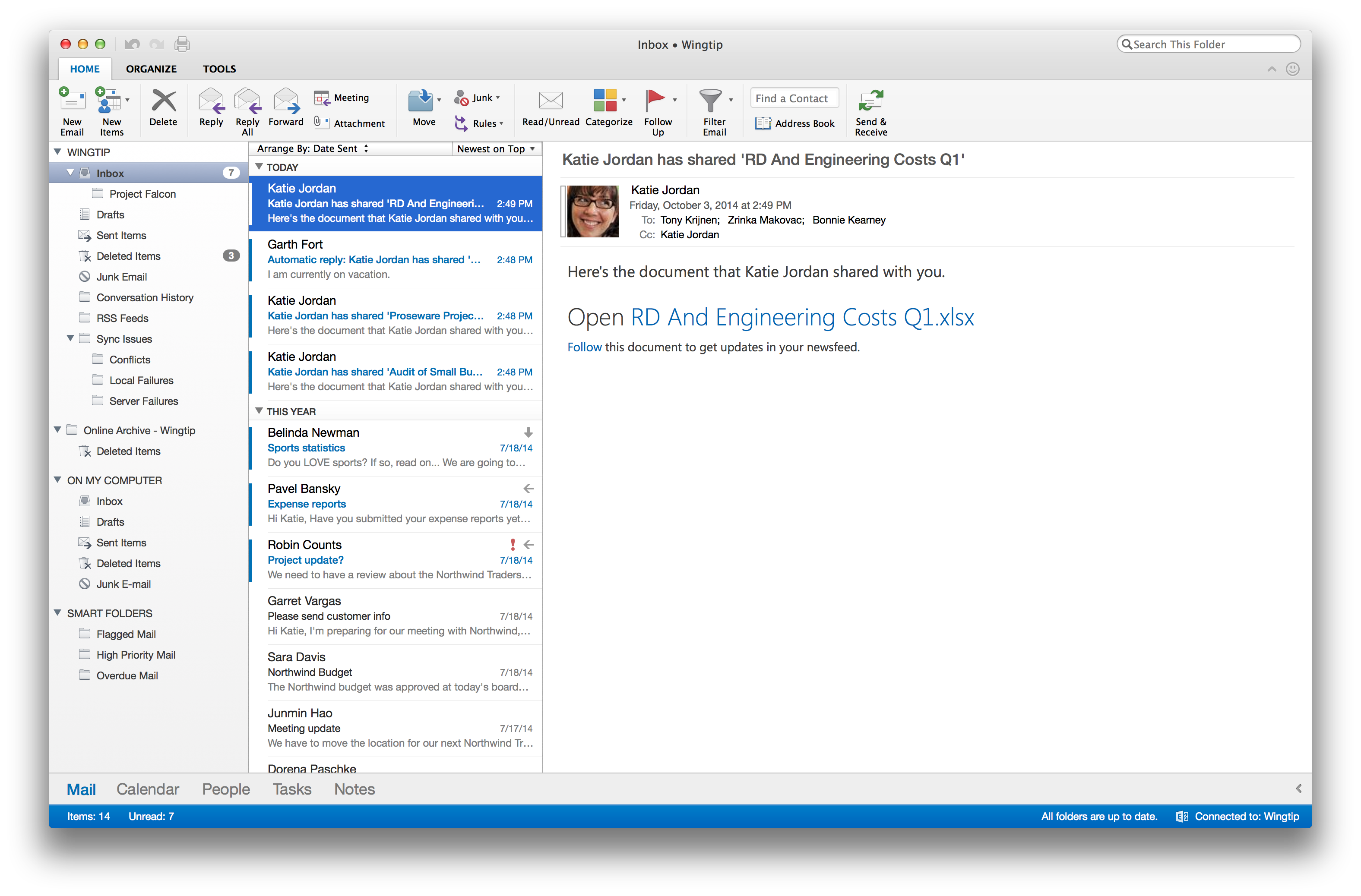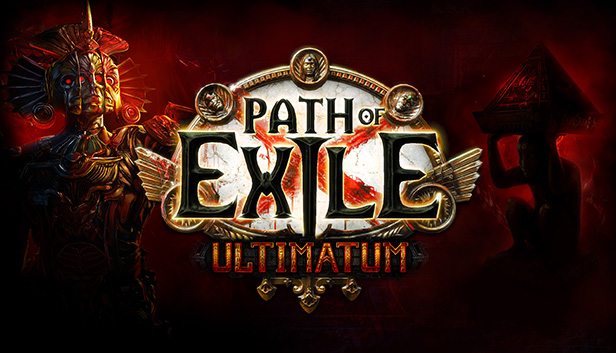DCS SimpleRadio Standalone (DCS-SRS)
3.go find folder where standalone client installed, like D: PoE 4.copy content.ggpk to this D: PoE folder 5. Double-click PoE standalone client shortcut on your desktop. But was wondering if there is a tool that would allow me to directly launch onoly the consoles without the need to go to the HTTP UIs etc.? This would save a lot on clicking. I know IBM has a free standalone java client that makes life really lot easier to start remote console and switch between blades.
DCS-SRS aims to provide easy to use and realistic communication in DCS Multiplayer. The radio integrates into all existing and future aircraft available in DCS.
Servers can configure SRS to be more or less realistic – enforcing realistic line of sight and distance limitations or allowing aircraft to always hear each other. Please Download here and installation instructions are also available on the download page.
For Support – please visit our Discord and someone will help you as soon as they can
SRS is a free opensource VoIP program – similar to TeamSpeak and Discord that allows you to easily communicate in the DCS MP environment using the inbuilt aircraft radios
Currently there is no VoIP built into DCS – SRS aims to be the go to voice tool for DCS by being free, open source and easy install and use
DCS-SRS aims to complement existing VoIP solutions by running alongside them. SRS aims to provide comms only when in game – planning etc can all be done using existing tools

Head to downloads and follow the instructions
See the basic overview video below.

Head here for instructions
Suppose you have a need to deploy System Center 2012 Endpoint Protection to a number of clients that later run in standalone mode, meaning that they are not joined to a domain, can’t be managed by SCCM and operate in a network that is not connected to your corporate network.
The installation source scepinstall.exe for the System Center Endpoint Protection agent is stored within the SCCM 2012 client installation folder on the SCCM 2012 SP1 server under C:Program FilesMicrosoft Configuration ManagerClient. Within that same directory we also find the endpoint protection default policy settings stored as ep_defaultpolicy.xml, but we won’t use this , as we are going to prepare our own policy that meets our requirements for a standalone unmanaged client.

To create a standalone policy open the Configuration Manager 2012 Console and under Assets and Compliance select Endpoint Protection / Antimalware Policies. Then select Create Antimalware policy.
Configure the various settings as per your requirements.
Standalone Client Required
One very important setting is the Definition Updates Source configuration which by default points to the Configuration Manager. For our standalone scenario we will enable Microsoft Update and Microsoft Malware Protection Center only. If your clients do not have direct connectivity to the internet the use of a UNC share could also be an alternative, but then requires that you periodically update the share with latest definition updates packages.
Finally we export the settings and save them as standalone.xml

To install the System Center Endpoint Protection client run the following command (both the installer and policy file are stored in C:Sources).
Setting, Up, A, P6, Professional, Standalone, Client, Using ...
scepinstall.exe /s /q //policy C:Sourcesstandalone.xml
Poe Standalone Client
Should you not wish to have the installer searching and installing definition updates, just add the /NoSigsUpdateAtInitialExp option.
If at some point you would need to change/update settings, simply create/update a new policy, export it within the Configuration Manager 2012 console and then run the following command on the client.
C:Program FilesMicrosoft Security ClientConfigSecurityPolicy.exe c:Sourcesstandalone2.xml
Related posts: